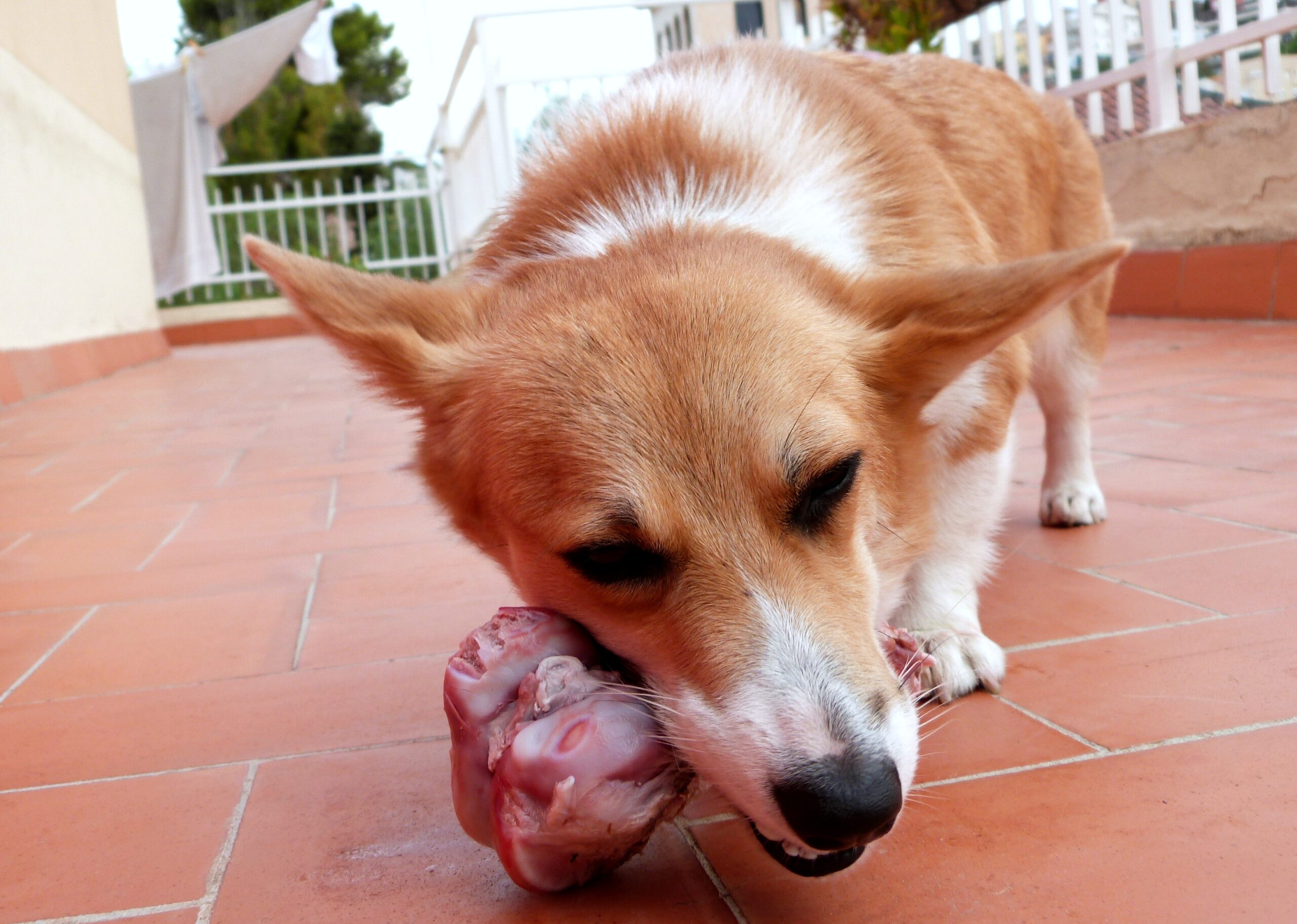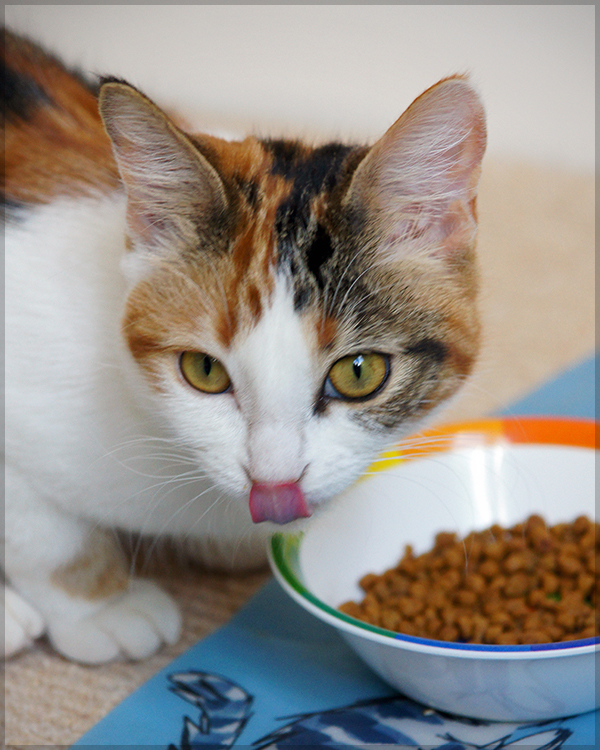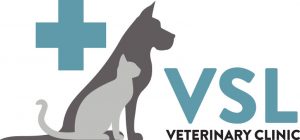Pet Nutrition Guide
Delicious and Nutritious: A Vet’s Guide on What (Not) to Feed Your Pets
Understanding of your furry friend’s nutritional needs and putting them into practice is an integral part of responsible pet ownership.
Dr. Lauren, the visionary founder of VSL Veterinary Clinic, shares her expertise on pet nutrition, unraveling the mysteries of what to feed and what to avoid.
In this insightful article, we dispel myths around pet food and discuss commercial pet foods, homemade diets, raw feeding, and grain-free diets.
Join us as we navigate the pet food aisle and uncover the essentials to ensure your beloved cats and dogs thrive on a diet that’s delicious and nutritionally sound.
How to determine your pet’s ideal nutrition
Determining your pet’s ideal nutrition involves considering several factors tailored to their individual needs:
- Age: Puppies, kittens, adults, and seniors have different nutritional requirements. Choose food appropriate for your pet’s life stage.
- Size and breed: Large and small breeds may have specific dietary needs. Large breed puppies, for example, require a diet with controlled calcium levels to prevent joint issues.
- Health conditions: Pets with specific health conditions may require specialized diets. Consult your vet for recommendations tailored to manage or prevent health issues.
- Activity level: Active pets need more calories than sedentary ones. Adjust portion sizes based on your pet’s energy expenditure.
- Weight: Maintain a healthy weight to prevent obesity-related issues. Adjust the diet based on weight management needs.
- Allergies or sensitivities: Some pets may have allergies or sensitivities to certain ingredients. Choose a diet that addresses their specific dietary restrictions.
- Life stage: Consider whether your pet is a growing puppy/kitten, an adult, neutered, or likely to become pregnant/lactate. Each stage has unique nutritional requirements.
- Ingredients: Opt for balanced commercial pet foods from reputable brands. Check for the phrase “complete dog/cat food” on the label.
- Consult with a vet: Regular vet check-ups can help assess your pet’s overall health and nutritional needs. Your trusted veterinarian can provide personalized recommendations.
- Avoid Harmful Foods: Be aware of toxic foods for pets and ensure they are never included in their diet.

Taking a holistic approach and staying informed about your pet’s specific needs will help you make informed decisions about their nutrition.
How do I select the right food for my pet?
Commercial pet food is generally a good choice for most pets. But how do you select the best one for your beloved companion? Let’s take a look at labels and their meaning to help guide you.
Complete Food
Look for a commercial pet food from a reputable brand that is labeled as a “complete” food, suitable for the size and life stage of your pet. The word “complete” on pet food labeling means that it provides all the nutrients your pet requires each day, when fed as instructed, without the need to add any additional foods or supplements to it. The packaging should also state whether it is intended for small, medium, large, or giant breeds of dogs, and whether it is for puppies/kittens or adults.
Complementary Food
The opposite of a complete food is a “complementary” food, which means that the food is either intended to be mixed with something else or is intended as a snack or treat for your pet. Complementary foods are NOT suitable to be fed as the main part of your pet’s diet.
All Life Stages
Some diets will be labeled as “All Life Stages”. This means that these diets meet the most demanding stages in a pet’s life – growth, gestation (pregnancy) and lactation. All Life Stage diets will therefore necessarily be higher in calories, and can be more likely to lead to overfeeding and obesity of sedentary pets that are not pregnant, lactating, or actively growing, so beware feeding these diets as your pets’ main food.
Feeding for the correct size and life stage is most important for Large and Giant breed puppies, for example Great Danes, Bernese Mountain Dogs, Mastiffs, and any breed expected to exceed 45kg as an adult. These breeds MUST be fed a diet that has the appropriate balance of calcium and phosphorus, with a lower calcium content and lower calorie density than a standard puppy food. An excess of calcium or an excess of calories in the diet can cause them to grow too rapidly and put on too much weight too quickly, leading to increased stress on their joints and bones, which can cause irreversible damage and lifelong orthopaedic problems.
Ingredients
As well as what size and life stage the food is suitable for, pet food labeling should contain the following components:
- ingredients list
- analytical constituents (information about nutrient levels)
- best before date
- batch code
- name of the producer or the distributor and how to contact them for further information
- how to use the product (feeding instructions)
- weight
- flavour (not mandatory, but typically listed)
Commercial pet food that does not list the above components should be avoided to ensure your pet’s health.
A Word on Flavours
Here is what typical pet food terms mean in practice:
- “flavoured with chicken” = less than 4 % chicken
- “with chicken” = at least 4 % chicken
- “rich in chicken” = at least 14 % chicken
- “chicken dinner” = at least 26 % chicken
If you have any questions or doubts about any ingredients in your pet’s food, you are welcome to contact us at VSL to talk through your concerns.
Commercial Pet Food Brands
At VSL, we sell the following brands that fulfill the requirements of nutritious and delicious pet food:
- Royal Canin
- Gold-D
Visit VSL or contact our team to find out more.
What NOT to feed your pets
Some human foods are toxic and should never be fed to pets. These are the ones to avoid at all times:
- onions and garlic (raw or cooked)
- raisins and grapes
- chocolate and cocoa
- avocados
- certain nuts
- xylitol-sweetened foods
Even in small amounts, these foods can be deadly for cats and dogs!
Can I make my own home-cooked pet food?
Dogs require around 37 essential nutrients and cats over 40 essential nutrients, all in the correct amounts and ratios to each other, on a daily basis. Without expert guidance, any homemade pet food is highly unlikely to be nutritionally balanced and in the long-term could cause nutritional deficiencies.
A study at the University of California, Davis School of Veterinary Medicine, analysed 200 different recipes for home prepared dog foods and found that 95% of the recipes were deficient in at least one essential nutrient and 84% were lacking in multiple required nutrients.

However, a home-cooked meal every so often won’t do any harm, as long as it remains an occasional treat and not your pet’s main diet. Boneless cooked chicken, pork, beef, fish, most vegetables and fruits are safe to feed in small amounts.
If you are intent on feeding exclusively homemade food, it is possible to formulate a balanced diet in consultation with a Board-Certified Veterinary Nutritionist who is registered with either the American College of Veterinary Nutrition (ACVN) or the European College of Veterinary Comparative Nutrition (ECVCN), and if this is something you are interested in pursuing, we can facilitate that at VSL Veterinary Clinic.
Beware of anyone referring to themselves as a “pet nutritionist” or “dog nutritionist” as these are not legally protected titles.
I’ve heard that raw diets are better/more natural, is that true?
There are no clinically proven advantages to feeding raw diets (sometimes known as BARF), though many owners report anecdotal benefits. However, there are several well-documented risks with feeding raw diets to pets:
- Bacteria: Food poisoning from bacteria like Salmonella, E.Coli, and Campylobacter, that are common contaminants of raw meat.
- Parasites: Parasites such as tapeworm and roundworms can persist in raw meat and infect pets
- Zoonotic potential (transmission to humans): Not only are pets themselves at risk of food poisoning and parasite infestation from raw meat, but they can subsequently shed these dangerous pathogens in their faeces, infecting their owners and companions. Children and immunocompromised individuals are most at risk and for that reason should never live with raw-fed pets.
- Nutritional imbalance: As mentioned above, homemade diets, including raw ones, are rarely nutritionally balanced. Of particular concern with raw meat diets, the liver can be dangerously high in vitamin A, and whole necks contain the thyroid glands – consuming these in large amounts can lead to hyperthyroidism, a hormonal imbalance.
- Ingestion of whole bones: Whole bones pose a risk of fracturing teeth, and can block and/or rupture the oesophagus or intestines, which is an emergency.
As you can see, feeding a raw diet to pets comes with many more risks than benefits.
What about grain-free diets?
The term “grain-free” means that the product does not include grains such as rice, corn, or wheat. These diets generally still include other ingredients that provide carbohydrates, such as peas, legumes, potatoes and/or lentils.
Grain free diets have seen a recent increase in popularity, which mirrors the growing awareness of celiac disease (an intolerance to gluten) in people, and a slew of fad diets that have touted a gluten-free diet as healthier. Celiac disease in dogs is incredibly rare, and has not been documented in cats.
Unless your dog has a known sensitivity to gluten, there is no need to avoid it in their diet. There are ongoing investigations into grain-free diets and their possible association with dilated cardiomyopathy (DCM), a serious heart disease in dogs. The current advice is to exercise caution when selecting a grain-free diet for your pet, and remain vigilant for any signs of heart disease such as exercise intolerance, coughing, or collapse.
But shouldn’t dogs be fed a diet similar to wolves?
The latest research actually suggests dogs did NOT descend from the modern gray wolf, but rather that they share a common ancestor no longer in existence.
Domestic dogs branched off from wolves approximately 15,000 years ago and in that time have developed mutations in key genes that provide functional support for an increased starch digestion relative to wolves. This is actually thought to be one of the key events that allowed dogs to become domesticated.
Consequently, this means our canine companions are perfectly capable of digesting and utilising energy supplied from carbohydrates in commercial kibble.
What’s next?
Book your pet’s nutrition consultation (33$ for 30 minutes) with Dr. Lauren:
- Phone: 023-986-640
- WhatsApp/Telegram: 017-464-681
- Facebook DM: www.facebook.com/vslveterinary
- Email: info@vslveterinary.com
Visit us in BKK1: House #33, St. 334 (corner St. 63)
- Monday – Saturday: 9am – 7pm
- Sunday: 9am – 5pm
We look forward to welcoming you to our pristine clinic in the heart of BKK1.
